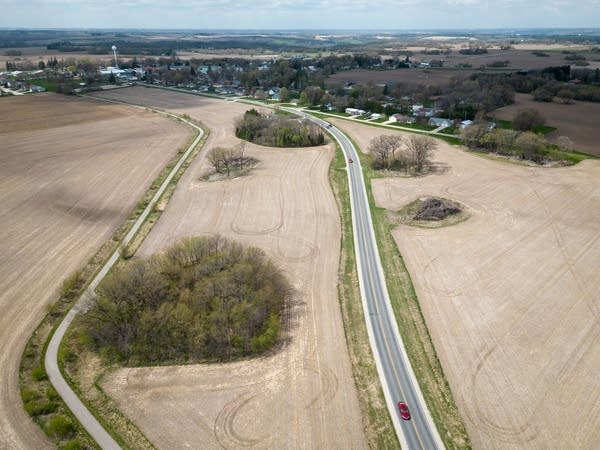Sinkhole tourism? Fountain, Minn., sees an opening

Sinkholes dot the landscape near Fountain, Minn., on Friday, May 5, 2023.
Ben Hovland | MPR News
Go Deeper.
Create an account or log in to save stories.
Like this?
Thanks for liking this story! We have added it to a list of your favorite stories.


